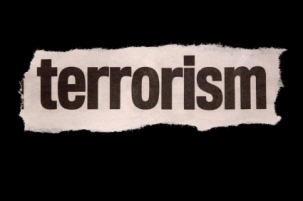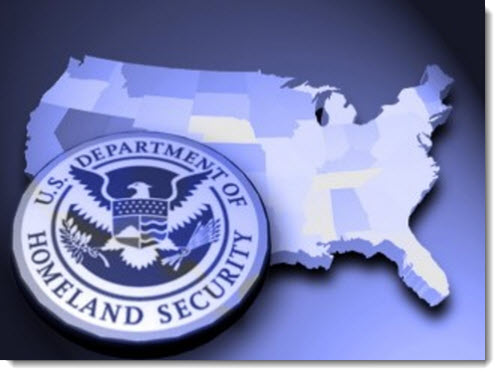Department of Homeland Security (DHS) Secretary Janet Napolitano and Transportation Security Administration (TSA) Administrator John Pistole today announced the expansion of the nationwide “If You See Something, Say Something” campaign in the National Capital Region and to the nation’s hotel and lodging industry—raising public awareness and strengthening security in America’s tourism and travel industry in anticipation of the busy holiday travel season.
The “If You See Something, Say Something” campaign—originally implemented by New York City’s Metropolitan Transportation Authority and funded, in part, by $13 million from DHS’ Transit Security Grant Program—is a simple and effective program to engage the public and key frontline employees to identify and report indicators of terrorism, crime and other threats to the proper transportation and law enforcement authorities.
“As Americans head into the busy holiday travel season, it is important to remember that every individual has a role to play in keeping our country safe and secure,” said Secretary Napolitano. “The ‘If You See Something, Say Something’ campaign encourages travelers and those who work in the hotel industry to identify and report indicators of terrorism, crime and other threats to the proper law enforcement authorities.”
Secretary Napolitano and Administrator Pistole joined Metropolitan Police Chief Cathy Lanier, Metropolitan Washington Airports Authority Police Chief Stephen Holl and Metro Transit Police Department Police Chief Michael Taborn in announcing the launch of “If You See Something, Say Something” advertisements in DC-area airports, public transit, movie theaters, gas stations and on local radio stations.
“The partnerships we build in communities and with travelers are critical to supporting our security mission,” said TSA Administrator Pistole. “We saw with the failed Times Square attack the impact alert travelers can have and we ask for the public’s continued partnership to help keep our skies safe.”
Recognizing the critical role of the hospitality industry in protecting travelers, Secretary Napolitano also highlighted DHS’ new “If You See Something, Say Something” partnership with the American Hotel & Lodging Association (AH&LA)—announced by Deputy Secretary Jane Holl Lute in New York City on Saturday.
With the assistance of AH&LA, DHS offered threat briefings to industry stakeholders, created a web-based training tool for employees, and has created public education materials to help the hotel industry manage security at their facilities and encourage hotel employees to identify and report suspicious activities and threats. These materials are available at www.dhs.gov/cfsector.
Since the beginning of the summer, DHS has worked with state and local officials to leverage best practices from the law enforcement community while engaging the public in identifying and reporting suspicious activity through the national Suspicious Activity Reporting (SAR) initiative—an administration effort to train state and local law enforcement to recognize behaviors and indicators related to specific threats and terrorism-related crime—and the expansion of “If You See Something, Say Something” to communities throughout the country, launching new partnerships with organizations including AH&LA, Amtrak, the Washington Metropolitan Area Transit Authority (WMATA), the general aviation industry and fusion centers.
In the coming months, the Department will continue to expand the “If You See Something, Say Something” campaign nationally with public education materials and outreach tools designed to engage America’s businesses, communities, and citizens to remain vigilant and play an active role in keeping the county safe.





The National SAR Initiative (NSI) is going to generate extreme amounts of data for Fusion Centers to analyze, as the program is promoted by DHS. However, many of these Fusion Centers are going to find it difficult if not impossible to manage this amount of information, and even with some of the free tools available, intelligence analysts don’t necessarily have all the required vetting tools and ability to share the data nationally. Best practices for analysis include: recording the checks performed by the analyst, recording analyst findings as they vet the SAR, and the ability to search the NSI database for SAR’s with similar characteristics to the SAR they are vetting. Additionally, it helps if the process is all tied into a good intelligence reporting system, so findings can be escalated allowing better decisions to be made. The idea of SAR is that we are coordinated as a nation, working as a team to connect the dots on threats – but without these best practices we’re still working in silos. At Memex, we are currently helping a lot of agencies with this approach.
Dale Peet, former Commander of MIOC, retired, http://www.memex.com